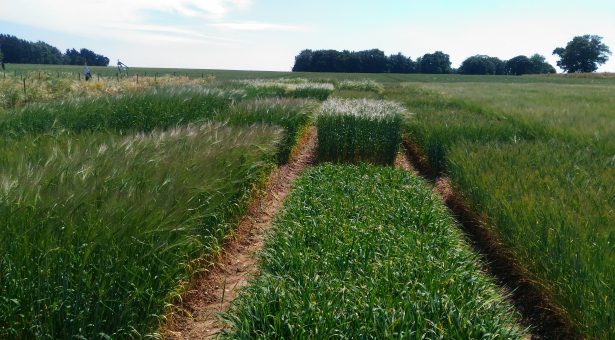United Kingdom
25th April 2024

Different types of barley recruit distinct communities of soil microbes to grow around their roots by releasing a custom mix of sugars and other compounds, research from the John Innes Centre finds.
Beneficial soil microbes that live on or around plant roots can provide nutrition, help the plant withstand stress and protect it from pathogenic microbes.
In return, the plant secretes a portion of the sugars it makes through photosynthesis, along with amino acids and other metabolites, into the surrounding environment. The composition of soil microbes that a plant attracts can vary widely, depending on what kinds of compounds the plant provides.
In the new study which appears in PLOS Biology, researchers in the group of Dr Jacob Malone at the John Innes Centre took a closer look at the relationship between a plant’s genetics and its root microbes.
They analyzed the microbiomes from two types of barley plants – a modern type named Tipple, and a traditional one, named Chevallier. The two barley types each had an overlapping core group of microbes associated with their roots, but with some distinct differences in the overall communities.
One common group of root microbes – the Pseudomonas genus – was especially abundant around Tipple roots. The researchers discovered that this is because Tipple plants secrete large amounts of sugars called hexoses (such as glucose or fructose), which Pseudomonas especially like to eat.
They also observed differences in gene activity between the two barley types that helped explain the variation in their root communities. When researchers tried to swap the microbial communities between the two plant types, each barley variety grew better when exposed to its original community.
The findings suggest that plants can fine-tune the population of microbes colonizing its root zone, which can have important outcomes for plant health.
While these findings came from plants grown in greenhouses, researchers said that determining the extent to which these differences occur in barley growing in farm fields will be a key challenge for future research.
Dr Malone said: “Our research shows that different barley varieties recruit distinct microbial communities from the soil, based on the sugars and other nutrients they secrete from their roots. These microbes help some varieties to grow but not others, suggesting that breeding cereals to recruit beneficial, growth promoting microbes may be possible in the future.”
The study appears in PLOS Biology